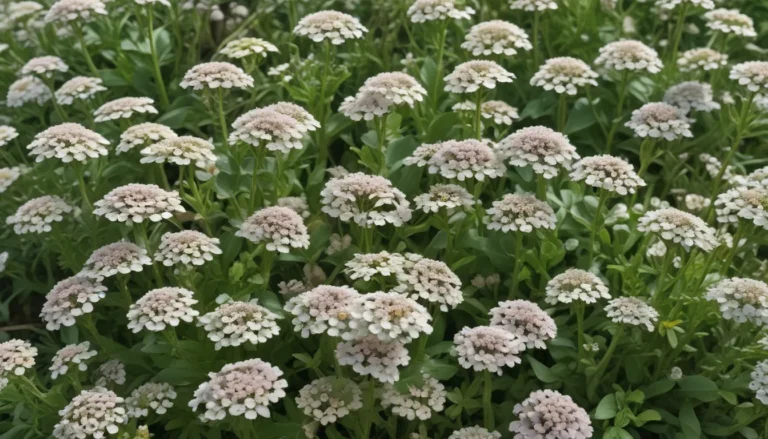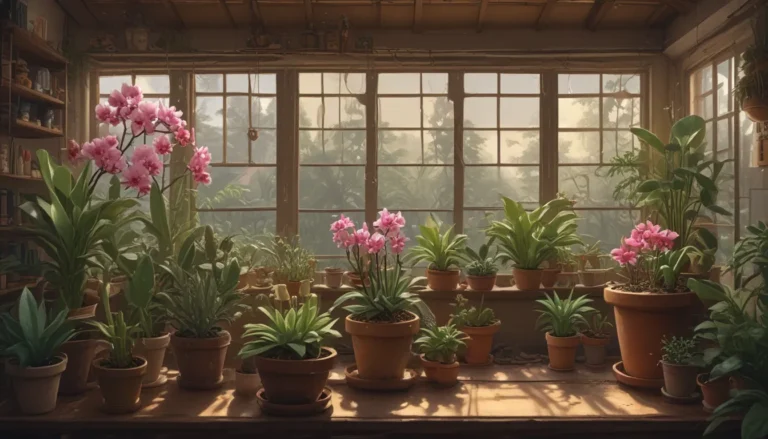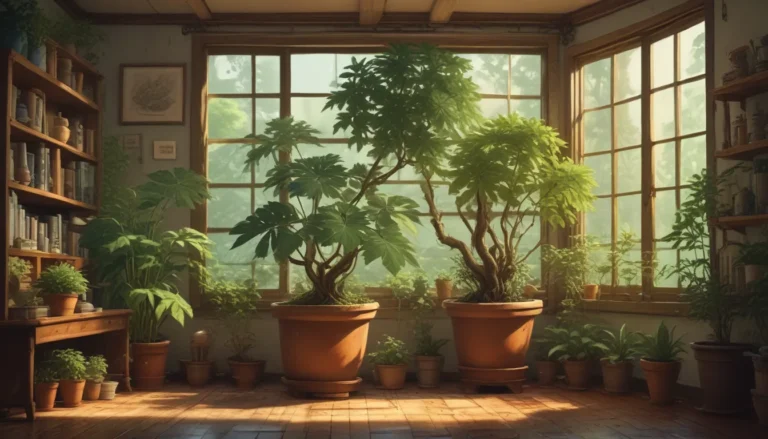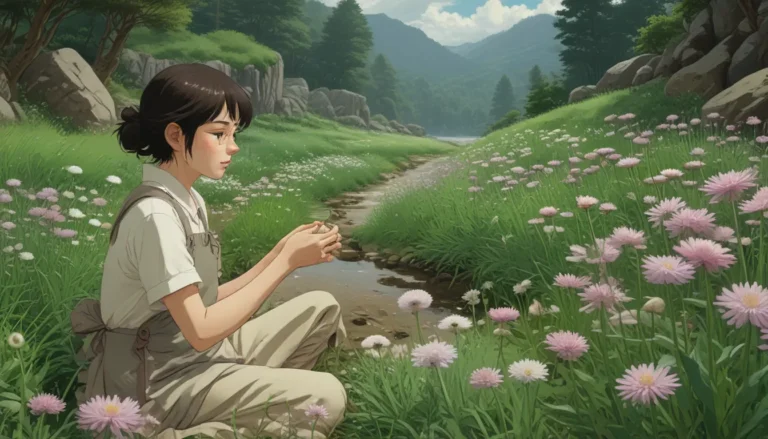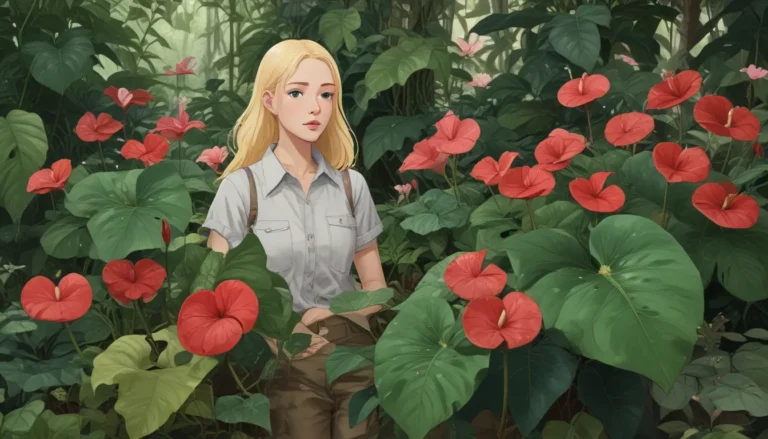Enhancing Your Mustard Green Garden: Tips for Companion Planting

Gardening is a delightful pastime that involves careful planning, nurturing your plants, and reaping the rewards of your hard work. One aspect of gardening that many find particularly rewarding is the practice of companion planting.
Companion planting involves strategically planting different types of plants near each other based on their potential to thrive together or provide benefits to one another. While some plants can grow well alone, selecting appropriate companion plants can enhance growth, prevent pests and diseases, and even improve flavor.
In this comprehensive guide, we will explore the world of companion planting for mustard greens, one of the favorite vegetables for many home gardeners. We will discuss the best companion plants for mustard greens, as well as what plants to avoid planting nearby. So grab a cup of coffee and let’s dive into the world of companion planting for your mustard greens.
Understanding Mustard Greens and Companion Planting
Mustard greens belong to the Brassica genus within the Brassicaceae family, along with other cruciferous vegetables like broccoli and cauliflower. While different varieties of mustard greens may have specific requirements, they generally share common friends and foes when it comes to companion planting.
When selecting companion plants for mustard greens, consider factors such as sunlight requirements, pest resistance, and growth habits. By choosing the right companions, you can create a harmonious garden that benefits all the plants involved.
9 of the Best Companion Plants for Mustard Greens
-
Celery: Interplanting celery with mustard greens can maximize your garden space, as celery takes longer to mature than leafy vegetables. This allows you to harvest multiple crops from the same area throughout the growing season.
-
Chamomile: German chamomile is an excellent companion for mustard greens, repelling a range of pests and attracting beneficial insects. It can help protect your greens from common brassica pests like whiteflies.
-
Corn: Planting corn alongside mustard greens can help both plants thrive, as they have similar soil pH requirements and complement each other’s growth habits. Mustard greens can also act as a natural weed barrier for corn.
-
Dill: Dill attracts beneficial insects like hoverflies and lacewings, which can help control pests that may harm mustard greens. It also thrives in cool weather, making it a versatile companion throughout the growing season.
-
Garlic: Garlic not only enhances the flavor of mustard greens but also deters pests like aphids and rabbits. Planting garlic near your greens can help protect them from common brassica pests while adding a savory flavor to your dishes.
-
Mint: Mint is a natural insect repellent that can deter pests like cabbage loopers and whiteflies. While mint can spread rapidly, planting it near mustard greens can help protect them from common brassica pests.
-
Onions: Onions can help repel pests like cabbage worms and cabbage loopers that may harm mustard greens. Planting onions in proximity to your greens can create a natural pest deterrent and provide a bountiful harvest of onions.
-
Rosemary, Sage, and Thyme: These aromatic herbs can help deter cabbage moths and other pests that may harm mustard greens. While these herbs are perennials, planting them at the corners of your garden can provide benefits without interfering with annual planting.
-
Yarrow: Yarrow attracts beneficial insects like hoverflies and ladybugs, which can help control aphid populations in your garden. Additionally, the colorful blooms of yarrow can add ornamental value to your mustard greens.
Bad Plant Neighbors for Mustard
While selecting companion plants for mustard greens, it’s essential to avoid plants that may compete for resources or harbor pests and diseases. Here are three plants to keep away from your mustard greens:
-
Beans: While there are conflicting opinions on planting beans near brassicas, some home gardeners have observed issues with mold and mildew spreading from beans to brassicas. Consider spacing out your beans and mustard greens to prevent potential infections.
-
Nightshades: Nightshades are susceptible to verticillium wilt, which can spread to nearby brassicas like mustard greens. Planting nightshades and brassicas in separate areas can help prevent the spread of this fungal disease.
-
Strawberries: Strawberries can attract slugs and compete for nutrients with mustard greens. Keep these two plants separate to avoid pest issues and ensure optimal growth for both crops.
Mustard Greens Matchmaker
Companion planting is as much an art as it is a science, and there are no guarantees that all recommended companion plants will work well together. It’s essential to experiment with different combinations and adjust as needed to find the best companions for your mustard greens.
Share your experiences with companion planting for mustard greens in the comments below. Have you discovered any standout companions or planting combinations that have worked well in your garden? Your insights can help fellow gardeners create thriving and harmonious garden ecosystems.
For more information on growing and caring for mustard greens, check out our additional guides on topics like how to prevent pests and diseases, the best varieties to grow, and tips for successful cultivation. Happy planting!
